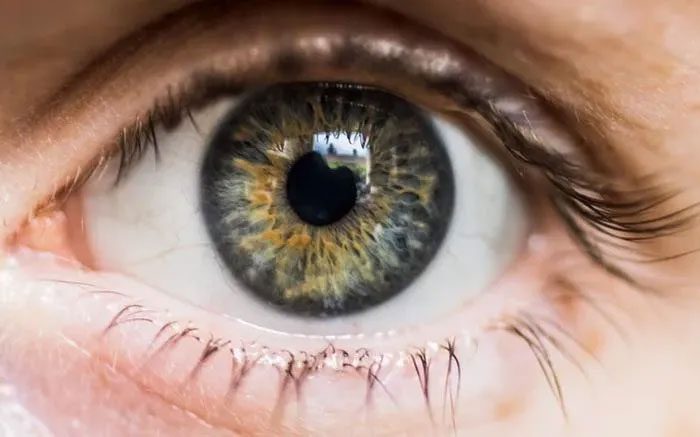After the brain, the eyeball is the second most complex organ in the body. It is estimated that the human eye processes 24 million different images throughout a lifetime, accounting for about 85% of overall knowledge. So, what happens to the eyes when the host dies or when the ‘eyes close’?
How Long Can Donated Corneas Last?
According to the Eye Bank Association of America (EBA), corneas can be transplanted within a maximum of 14 days after the donor’s death, but in reality, most transplants occur within a week. Meanwhile, the American Organ Donation Alliance (DA) states that the maximum wait time for hearts and lungs is 4 to 6 hours; for livers, it is 8 to 12 hours; and for kidneys, it is 24 to 36 hours. To date, much remains unknown about “dead eyes” or “vacant gazes“, except for those responsible, such as crime scene investigators, who may understand some related aspects, but this percentage is also not high.

The human eye contains a lot of ‘living’ data even after death – (Photo: Grunge)
What Happens After the “Eyes Close”?
According to the American medical journal, The Healthy, after many years of research, Dr. Judy Melinek, a forensic pathology expert, found that many people die with their eyes open, causing the sclera to gradually dry out, turning blue or gray. This phenomenon is professionally called “tache noir.” It is an essential part of forensic investigations. The phenomenon of grayish eyes occurs a few hours after death, creating a “hollow” appearance reminiscent of a zombie that can be frightening. When someone dies with their eyes open, the eyeball is exposed to dry air, leading to dehydration of the iris and causing the eyes to change color shortly thereafter.
The overlay effect begins to establish just a few hours after breathing ceases. The cornea, the outer transparent layer of the eye, becomes contaminated by dry air and debris while the eyelids remain motionless. Over the next few hours or days, this phenomenon increases, causing the eyes to take on a more grayish, opaque color. Given enough time, the eyeball begins to retract into the skull as all reflexes and blood flow to the eyes are cut off, resulting in “sunken eye sockets.” It resembles the appearance of sleep deprivation, where the eyes seem obscured and take on a darkened hue.
How to Determine If the Eyes Are Dead?
According to the American online ophthalmology journal, Review of Optometry (RoO), in fact, there are a series of criteria to determine the cause of death by examining the victim’s eyes. For example, by studying the degree of cloudiness of the cornea or the cause of the grayish discoloration, scientists can ascertain the time of death. If the eyes are only slightly discolored, it may indicate that the subject died only a few hours ago. However, if there is no cloudiness at all, it is likely that the subject passed away several days prior. A more accurate method is to measure the increased potassium concentration in the eyes of the deceased.
Regarding the cause of death, the eyes also provide a wealth of reliable data that other anatomical parts do not offer. For example, petechiae are tiny broken capillaries that appear in both the conjunctiva and eyelids, suggesting that the victim may have been strangled. Therefore, if investigators observe some of these marks, it is highly likely that the person was murdered by suffocation. “They are caused by an increase in hydrostatic pressure in the capillaries. Additionally, there are many forms of asphyxiation such as strangulation or chest compression, or it may also be due to pressure buildup from heart failure or sudden cardiac death,” Dr. Randy Hanzlik added.



















































